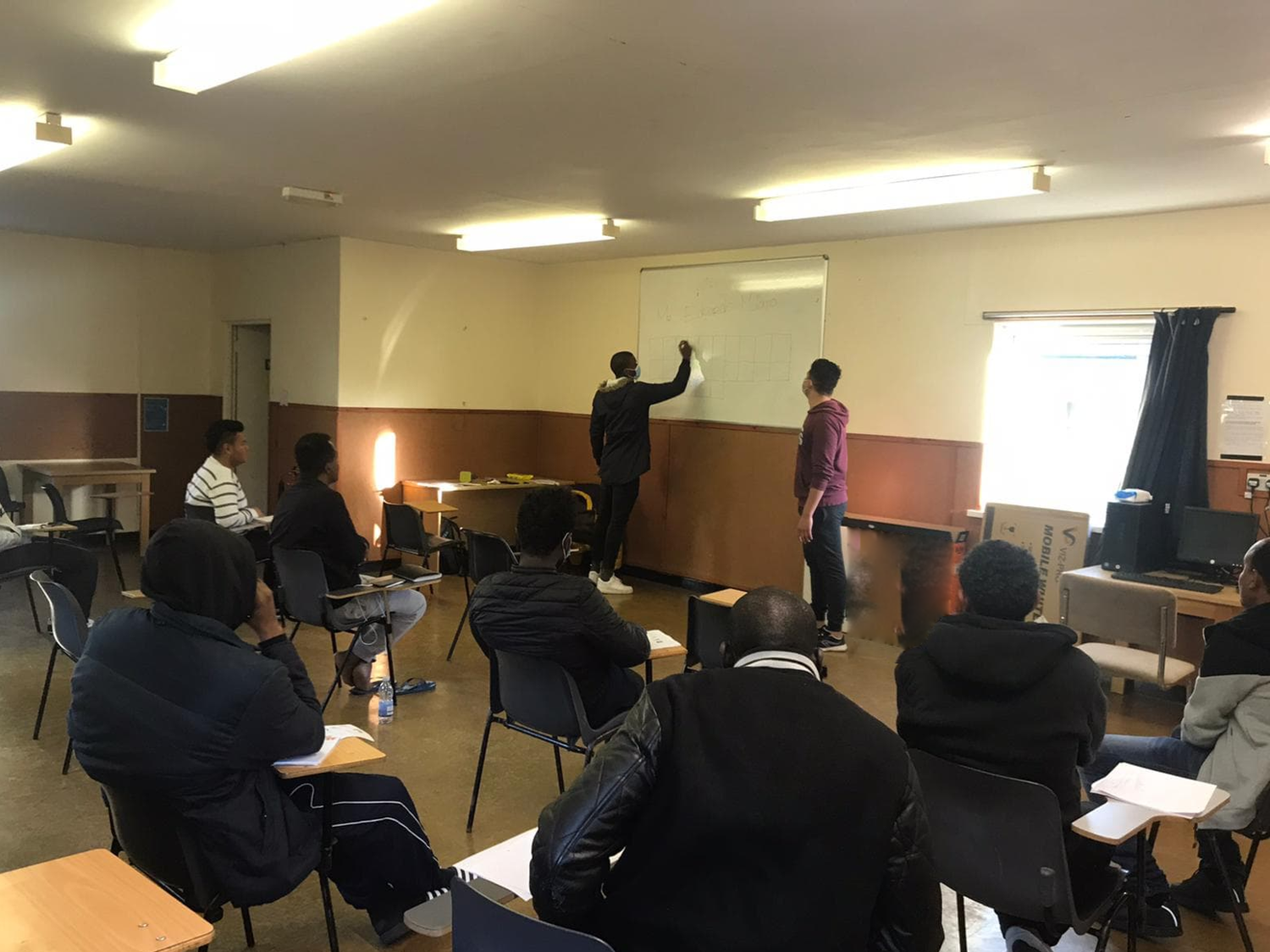
Aberfan & Class Injustice, 54 Years On.
Image: The burial of Aberfan under a colliery tip in October 1966. Photograph: BBC/PA
4 years ago, voice.wales editor SC Cook visited Aberfan and spoke to people affected by the disaster. Here he reflects on those conversations and what they say about the value of working class life.
Today saw the 54th anniversary of the Aberfan disaster, when 116 children and 28 adults were killed after 1.4 million cubic feet of coal waste crushed the Pantglas juniors school in Aberfan. It was a tragedy of unimaginable horror for those involved and one that should never have happened or ever be forgotten.
4 years ago,on the 50th anniversary, I visited the memorial in Aberfan that has been built in the exact spot where the school once stood. There I spoke to people who had been affected by the disaster. What came across from them and others was not just a sense of deep sorrow and loss, but also anger at the devaluation of working class life and a desire to overturn the injustice that had been committed.
Aberfan itself sits towards the bottom end of a large valley. On the morning of the anniversary, I went to Merthyr Tydfil at the head of the valley and met a woman who described herself as being from the ‘Aberfan generation’. She was the same age as the children who were killed, yet went to a different school not too far away. Her dad worked at the Hoover factory at the time. When he and his colleagues heard what had happened, they all left work immediately on that Friday morning and headed to Aberfan to do whatever they could.
When she grew up she said the disaster was never really spoken about, it was as if the pain was so deep that it was impossible to bring up yet its presence constantly lingered.
We were sat in the impressive new Merthyr college building, where that morning a large ceremony had been held at 9.15am, the time of the disaster, in memory of those killed.
In the grand auditorium of the old college in 1966, the public inquiry into Aberfan had been held. It was here that the Merthyr Express reported that when the names of the deceased children were read out, shouts of ‘Murderers’ erupted from parents and members of the public in the gallery. One father, upon being told that his son had died of asphyxiation and other injuries, protested this verdict and instead blamed the authorities. He was challenged by the coroner but responded in even stronger terms:
‘I want it recorded – “Buried alive by the National Coal Board.” That is what I want to see on the record. That is the feeling of those present. Those are the words we want to go on the certificate’
The woman I was talking to was by now telling me about the disgraceful role of the National Coal Board in trying to cover their tracks and escape blame. We hadn’t initially started talking about Aberfan but it was in the air that morning and unlike the past, people wanted to talk.
BBC Radio Wales had dedicated its entire morning schedule to remembering the disaster. As I had been driving up first thing in the morning, calls and texts were flooding in with people’s stories. Some were particularly harrowing, including one from a man who had lost his best mate when he was just 9 years old. Many others were from people who had rushed to try and save lives, or who recalled stories of family members who did, and people who had sent in messages of solidarity and money from other areas. The presenter Jason Mohammad remarked on how many people were calling up in anger at how the authorities had behaved both before and after the event.
By the time I got back into the car, the radio show had changed but the subject was the same. The new host, Wynne Evans, described a radio studio full of notes that producers had passed on with messages from listeners. Some people were opening up for the first time in fifty years. The content of what was being said was much the same as before, and again it was notable how many people were talking not just sympathy for the victims but of standing ‘shoulder to shoulder’ with the community.
When I reached Aberfan, Prince Charles had shown up and some people were trying to get a look, including a very large press pack. Lots of people were still heading up to the cemetery and memorial though. Myself and a few people were looking at the information board. In the centre of the board there is a black and white picture of the scene of the school, completely covered in slurry and waste. A man in a thick west country accent pointed to a section of this picture and said ‘that’s where I was digging, right there’.
As a 21 year old, he’d heard on the radio that people were needed and had hitched a ride from Bristol to Newport before reaching Aberfan by train. It was completely dark except for the area where the school had been which was lit up by floodlights, shining a light on the abject horror of what he saw. He told us that as he was digging and digging, he saw a star in the sky above the hill overlooking the school. It was moving up and down and he had no idea why, but was entranced and watched it bobble around. Suddenly more and more of these stars appeared on the horizon until there was a great number flowing down the mountain. Eventually he was told by a local who knew what these yellow dots were: it wasn’t some divine intervention, it was the miners from the adjacent valley, scrambling over what was left of the heap and running down the hill to help.
This group conversation quickly turned onto the role of the National Coal Board, and how they knew full well about the springs that led to the slippage. Someone else recalled that the head of the NCB, Lord Robben, even used £150,000 of the relief fund to clear the remaining slag heaps. Here was one of richest industries in the country, so hungry for money that it was willing to take it from the victims of their own disaster. Another came in and rightly pointed out that all this happened under a Labour government. Harold Wilson’s administration had put intolerable pressure on the trustees of the fund to release the money to the NCB.
Walking up to the cemetery, there were many children and families, and lots of people gave knowing nods to one another. At the top, there are rows of white arches that sit overlooking the former mining village. Each arch is the gravestone of a child who lost their life.
Down below, in the memorial garden, on the exact site where the school once stood, the YnysOwen male voice choir sang, all decked out in uniform green jackets, to a crowd of almost nobody. Afterwards I passed one of the choir members as I was going into the garden and thanked him for the performance. He told me about the disaster. He had a son who was 9 at the time, but luckily had just moved out of the village. His sister had three children who went to Pantglas juniors, miraculously all of them survived. Her neighbour wasn’t so lucky.
When the disaster happened, this choir singer was working in the Hoover factory in Merthyr. He got a lift with a friend and they drove to Aberfan. There was a cordon blocking the road so they took another route and eventually reached the school but all the work was being done by miners, the experts at digging. He described the slurry like porridge, moving fluidly in the heat of that terrible moment, only to set in hard once it had engulfed the school.
He’d had a workmate at the Hoover factory who’d injured his leg the week prior. This fellow worker lived in one of the houses next to the school. But instead of being in work that Friday morning, he was sat up at home waiting for the doctor when the slurry came into his bedroom and killed him.
You could have probably walked for hours in Aberfan on that Friday and heard hundreds of different stories about the tragedy. Each would have been more worthwhile to our understanding of that event than a shot of Prince Charles laying a wreath, which seemed to be the main concern of the press who were there (although to be fair, much of the coverage was excellent on TV and Radio).
In the conversations I had, and from the messages that took over the air waves, nobody was trying to make out that those 116 children were the victims of a natural disaster. Instead, the words ‘justice’ and ‘truth’ were raised in anger at the behaviour of those in power and the way working class people’s lives were destroyed.
This sense of injustice hasn’t been muted over time, people were just saying it louder than in previous years. These children were the victims of the industrialisation that surrounded them. Their deaths were entirely avoidable and the subsequent cover up confirms how little those in power valued the children of Aberfan. All of this has always been true, it just seems to be said more clearly now.
The 50th anniversary of the Aberfan disaster took place not in a society where the class divisions that created that tragedy and its subsequent injustices have disappeared, but in one where they are deeply entrenched. Many felt and still feel that Aberfan stands as a totemic example of the way in which working class lives are criminally devalued.
This is an updated and edited version of an article originally published on Medium


